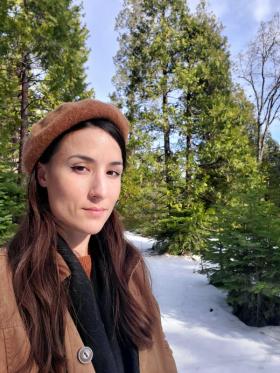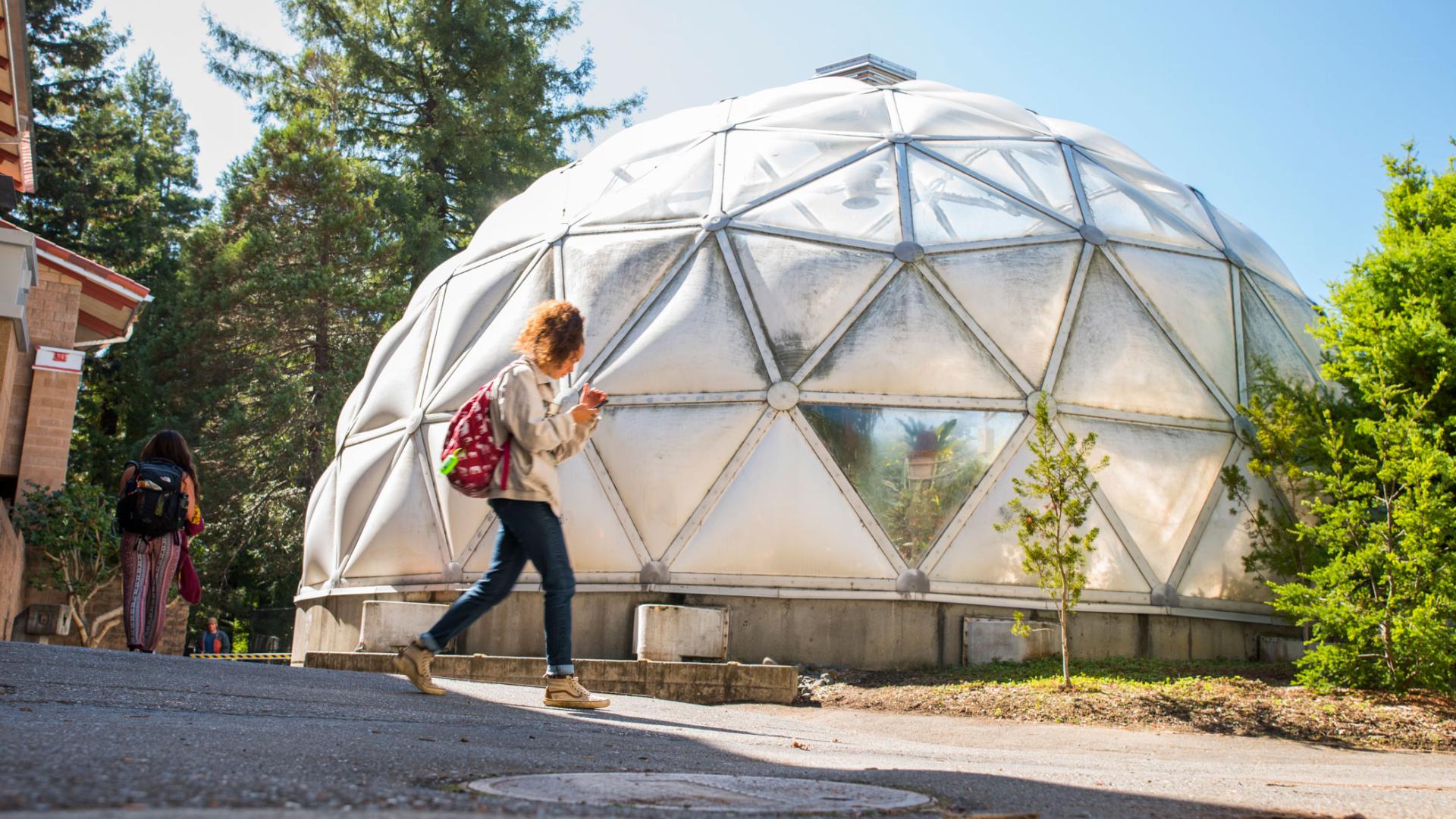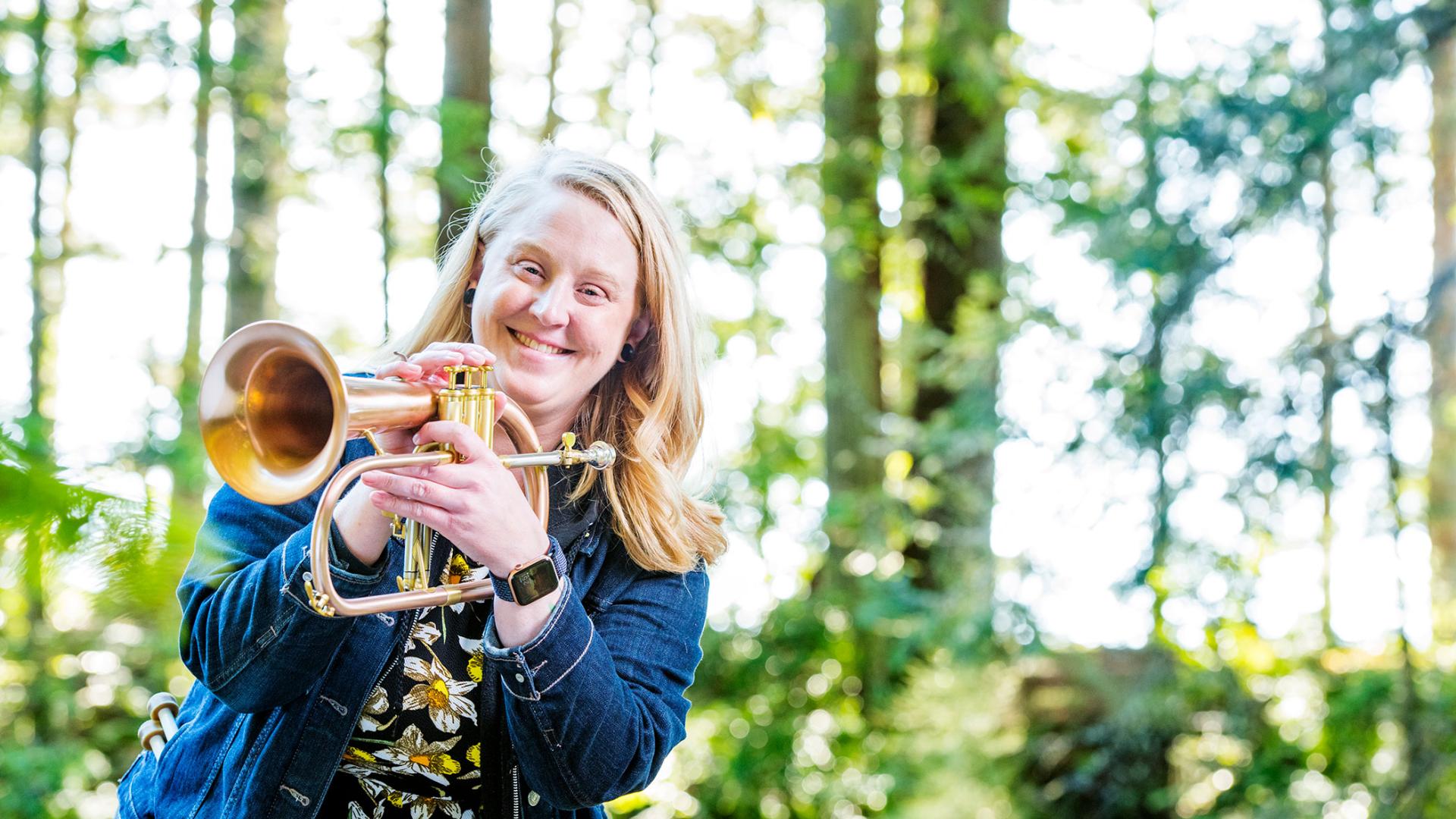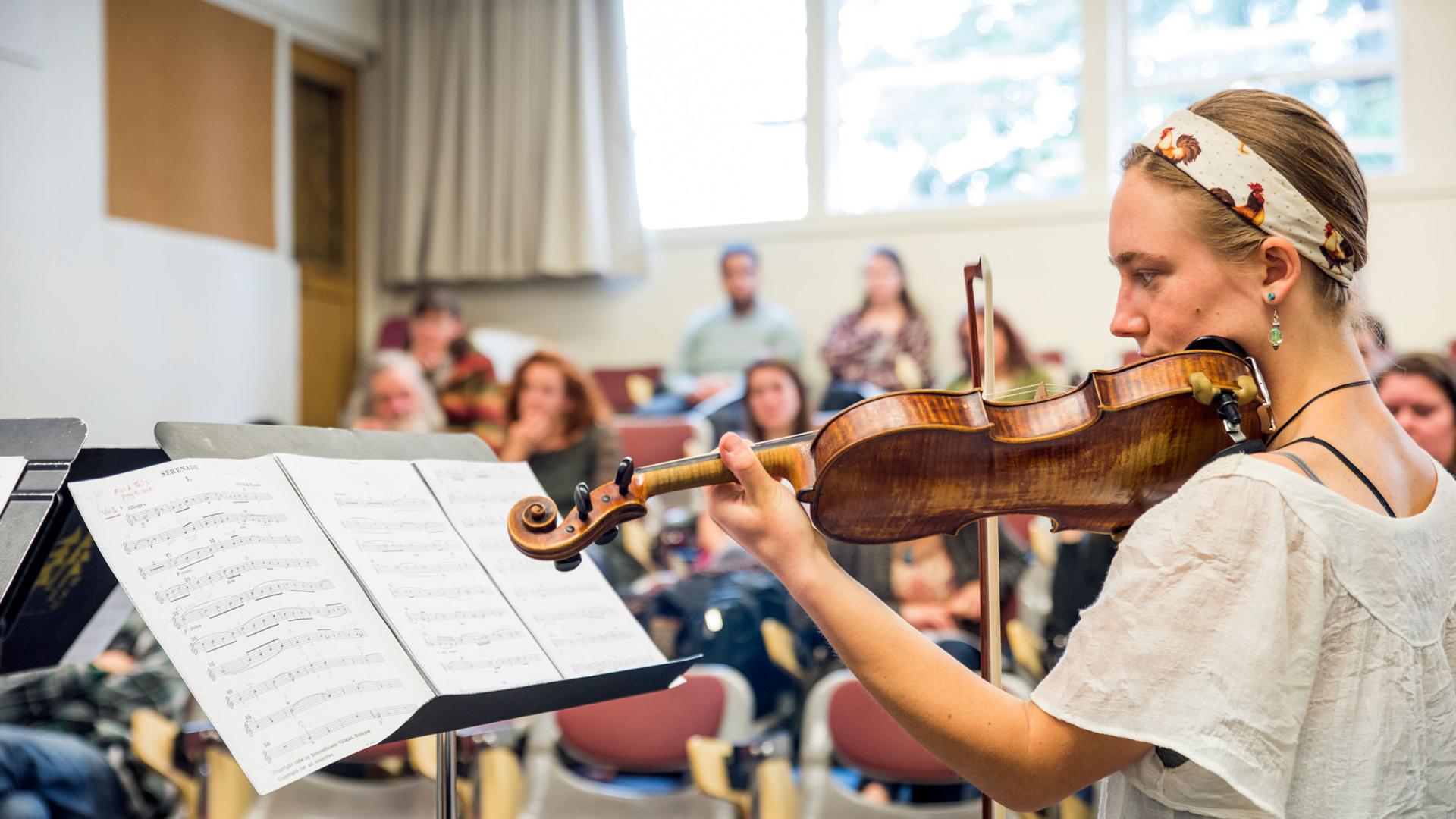Breadcrumb

Botany, B.S. | Class of
Emma Fryer
Graduate Assistant, Teaching Assistant, and Master's Student
Employer: California Polytechnic State University
Job description: After graduating from Humboldt State and working as a consulting botanist, I quickly came to miss doing research like that I'd done with Dr. Alexandru Tomescu when I attended Humboldt State, and so I am now working toward my Ph.D. I'm currently a master's student at California Polytechnic State University, San Luis Obispo, studying the adaptations of a suite of desert annual flowering plants in the San Joaquin Desert (the species that create California's "superblooms"). Most of my study species are rare to endangered, with very small ranges, and grow on extremely harsh clay soils. My experience working as a consulting botanist led me to this topic, after seeing how little was known about so many of California's more than 1,200 rare plant species. The plants I am studying include those I worked with as a consulting botanist, and I'm thrilled to be working with a group of unique and understudied species in a part of California's flora that has been studied much less than other plant communities. I also work as a graduate assistant and teaching assistant and I enjoy getting to share my passion for botany and California's flora with undergraduates.
About Emma
Why did you choose this program?
I had first heard of Humboldt State from a friend who attended. After hearing how she and so many of her peers were able to get involved in research early on while attending, and seeing the degree to which they were involved in their research projects, even as undergraduates, I was intrigued. It was after researching the botany program and seeing the breadth and variety of botany courses available, including some I'd never seen offered by any other biology departments in California, that I knew it was where I wanted to go.
How did this program prepare you for your job?
Working as a consulting botanist, I found that the hands-on labs with live material, the diversity of courses with such a huge range across bryophytes, vascular plants, fungi, and lichens, and the passion so many instructors and professors had (which tended to get passed on to those of us who took their courses) gave me an advantage when job-hunting, and when working. I hadn't realized how unique the organismal and natural history-oriented approach of my courses and the program was. Because of the breadth of my coursework and the degree to which labs gave me hands-on experience with live specimens, I was often the only person that interviewed for a job or out on a survey that had experience with some group of plants, lichens, or fungi. I enjoyed sharing that knowledge and getting others interested in botany, and in passing on what I'd learned at Humboldt State, and the passion for botany I'd picked up there, I eventually found myself wanting to teach and pursue research, which led me back to school to pursue my Ph.D.
What did you enjoy most about the program?
The passion from instructors, detail and breadth of courses available, and how many labs used live material or specimens from the community forest and greater Humboldt County made my time at Humboldt State very exciting, and the opportunity to do research allowed me to explore fields I might never have been able to otherwise, and to really grow as a botanist and researcher. I credit the professors and instructors I had at Humboldt State for the love that I have for botany, and my desire to share with others.
What would you say to prospective students who are thinking about applying to this program?
In every job I've had since graduating I've found other Humboldt State graduates, and they were frequently among the best botanists and biologists in the room. I found that Humboldt State had a reputation amongst working biologists for putting out capable, passionate biologists, and there isn't a better place to pursue botany out there.





